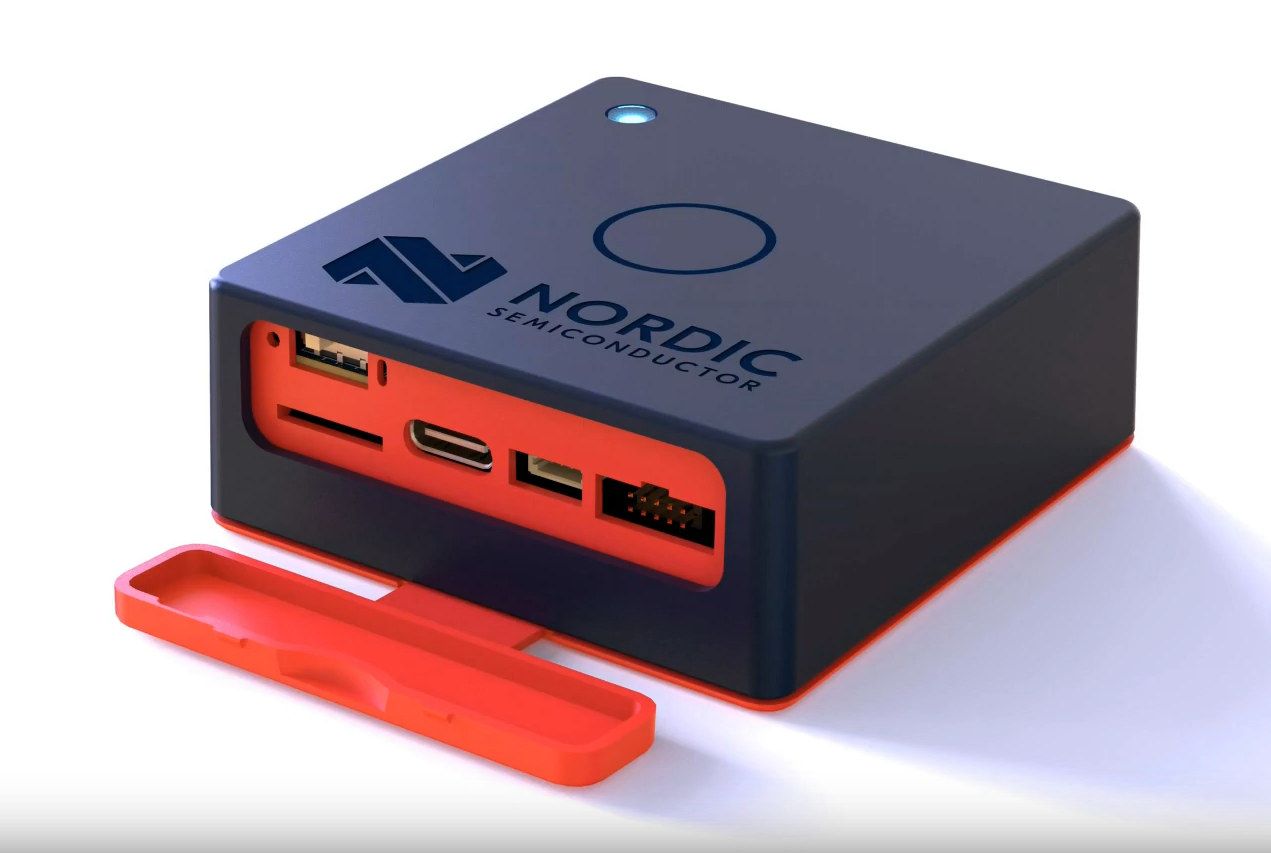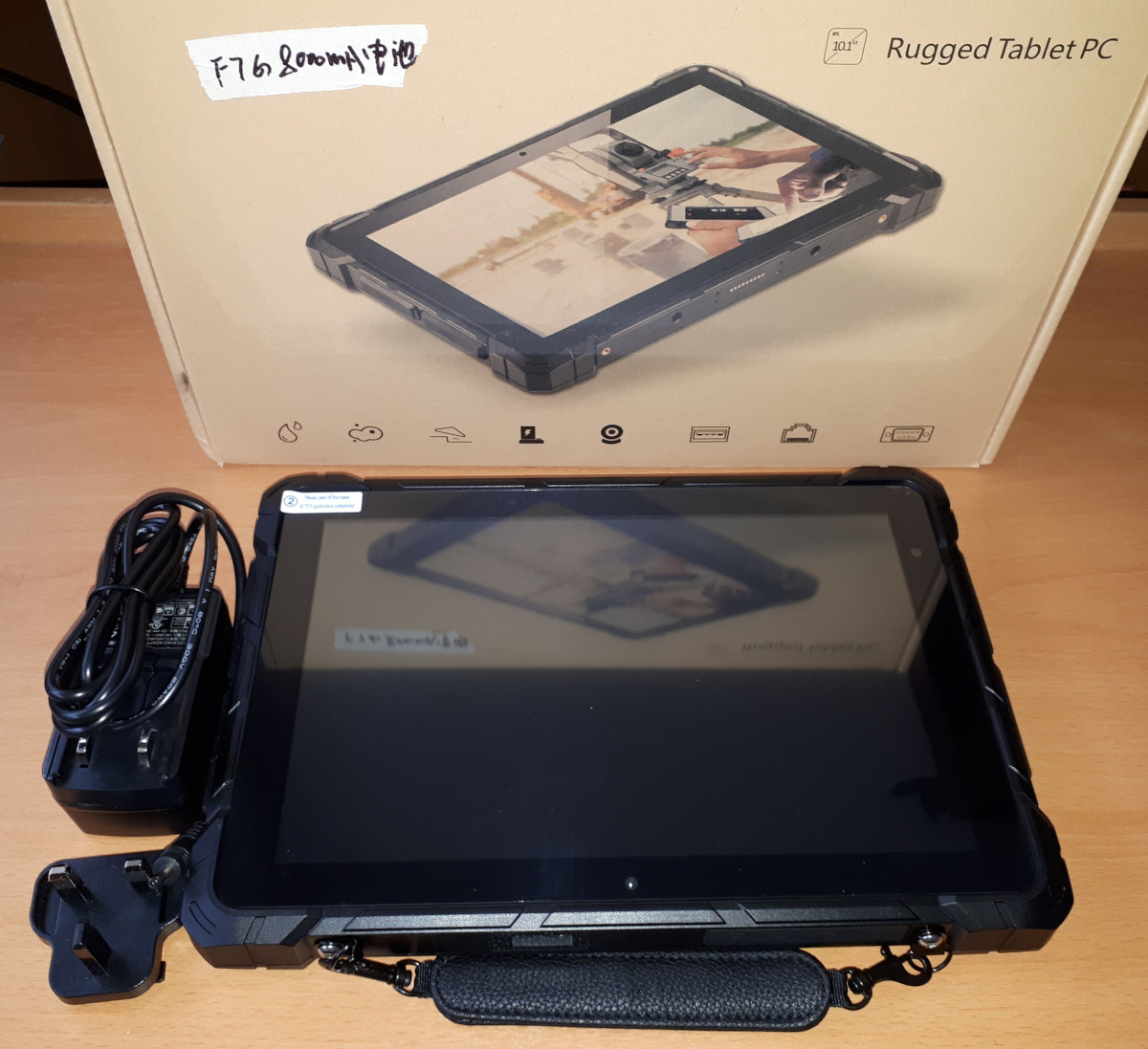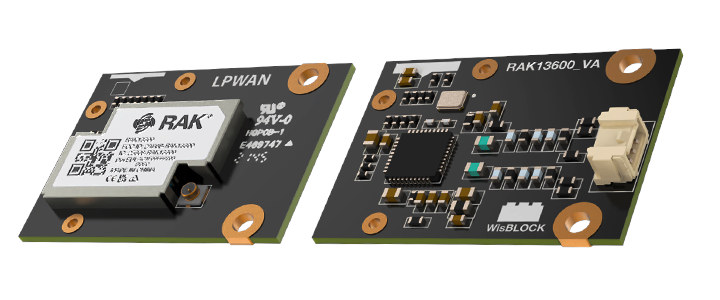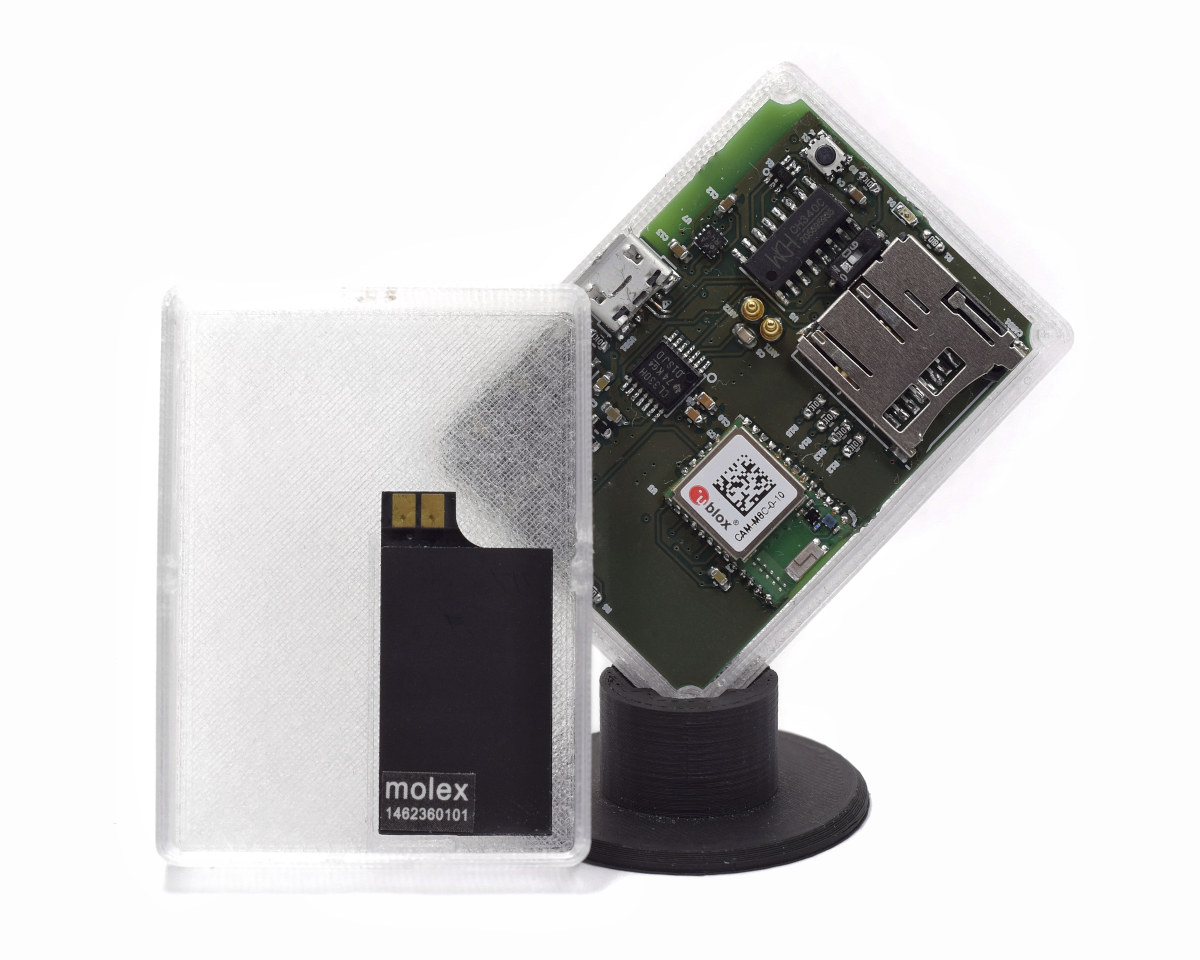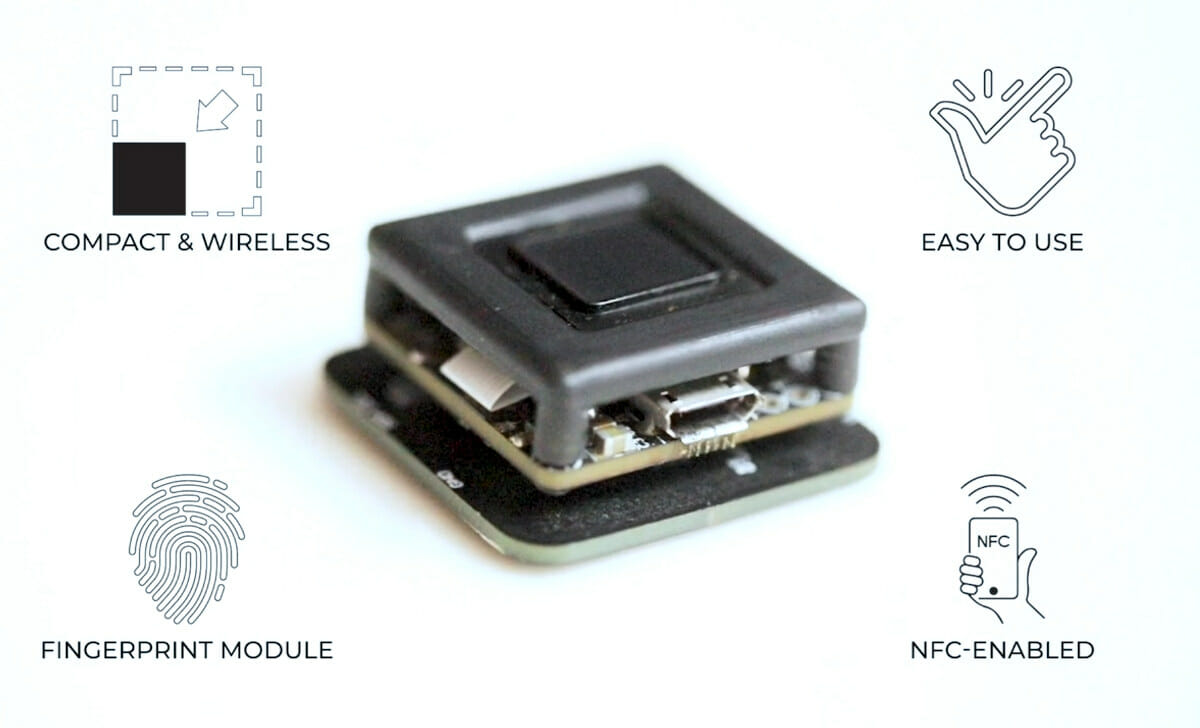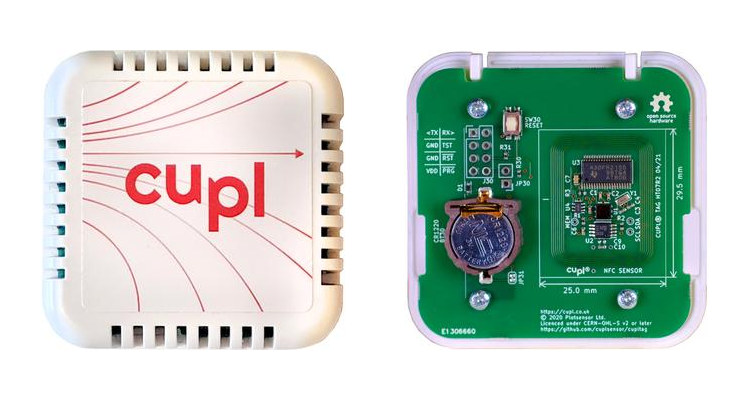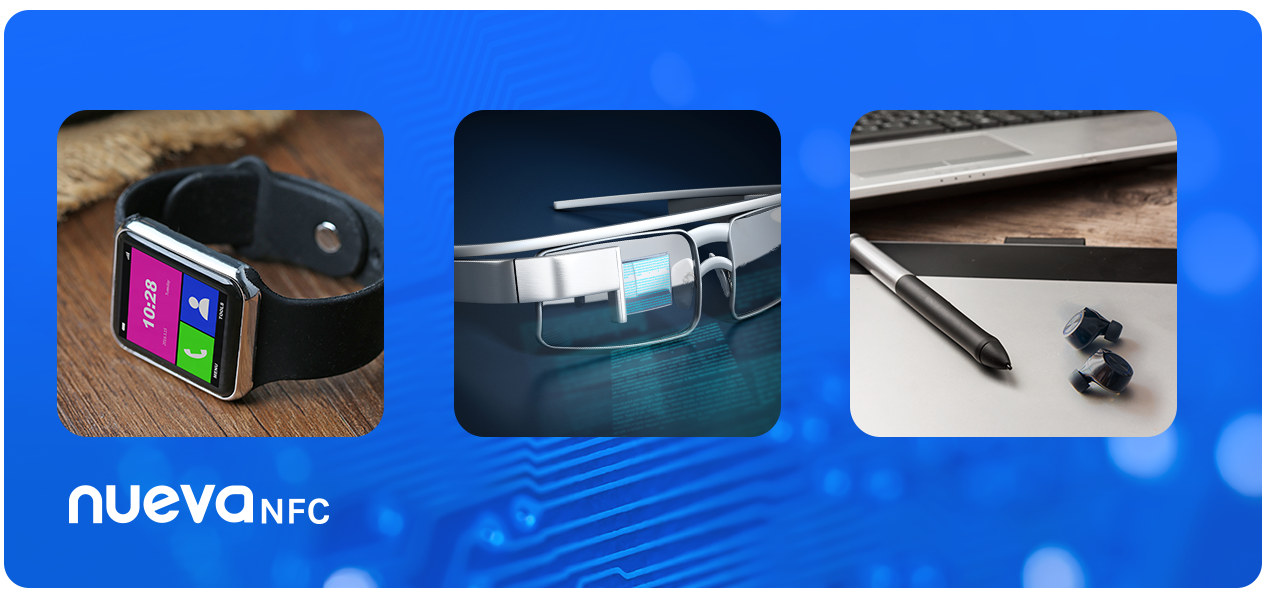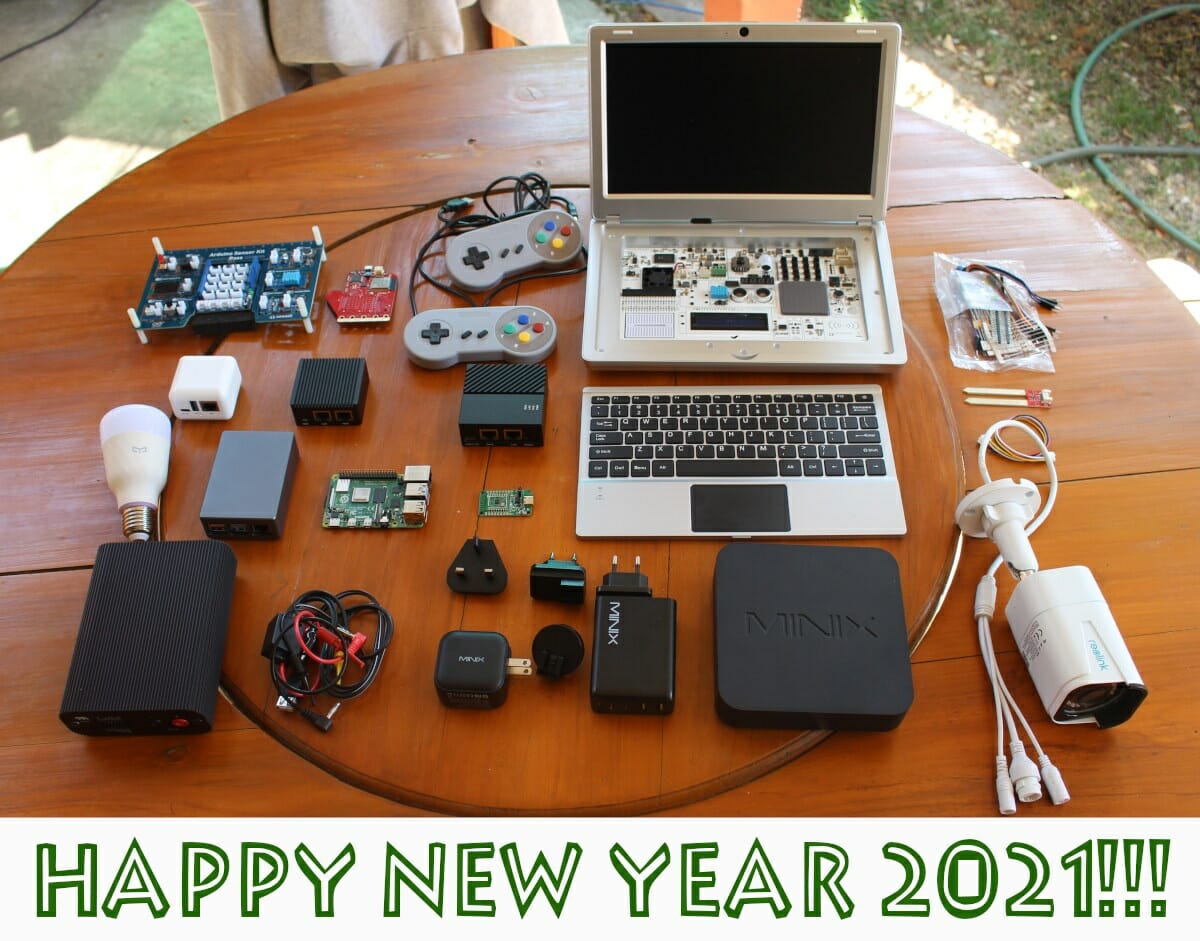As one should have expected after Nordic Thingy:52 and Thingy:91 IoT devkits were introduced in 2017 and 2019 respectively, the Norwegian company has now launched the Thingy:53 platform based on Nordic Semi nRF5340 dual-core Arm Cortex-M33 SoC for IoT prototyping with Bluetooth Low Energy, Thread, Matter, Zigbee, IEEE 802.15.4, NFC, and Bluetooth mesh RF protocols. The development kit also incorporates the nPM1100 PMIC and nRF21540 Front End Module (FEM), a power amplifier/low noise amplifier (PA/LNA) range extender, as well as multiple motion and environmental sensors, as well as a rechargeable 1350 mAh Li-Po battery for power. Nordic Thingy:53 specifications: SoC – Nordic Semi nRF5340 SoC with 128 MHz Arm Cortex-M33 Application core with 1 MB Flash + 512 KB RAM, and a 64 MHz Arm Cortex-M33 Network core with 256 KB Flash + 64 KB RAM Wireless connectivity RF front-end nRF21540 FEM Protocols – Bluetooth LE, Bluetooth Mesh, NFC, Thread/Zigbee, […]
Higole F7G Plus Review – An affordable rugged tablet tested with Ubuntu 20.04 & Windows 11
Ruggedized industrial-use PCs are typically expensive so it is refreshing to see Higole F7G Plus, an Intel Gemini Lake Refresh tablet, being offered at an affordable price. Higole kindly sent one for review and I’ve looked at functionality and performance running on Ubuntu and also its Windows performance. Hardware Overview The Higole F7G Plus is a 10.1 inch IPS touch screen rugged industrial fanless tablet that uses Intel’s 14 nm Gemini Lake Refresh N4120 processor which is a quad-core 4-thread 1.10 GHz Celeron processor boosting to 2.60 GHz with Intel’s UHD Graphics. Designwise, meeting the MIL-STD-810G standard which is the de facto ‘ruggedized’ standard for consumer products and covers whether the device can work in a broad range of environmental conditions including surviving dropping, is evidenced by the thick protective shell around the tablet. To ensure its IP67 Certification for waterproofing each of the ports are covered by detachable rubber […]
RAKwireless introduces 16 new WisBlock modules with LoRaWAN, NFC reader, etc…
RAKwireless will add new modules to its WisBlock IoT modular system every quarter. Last July, WisBlock family welcomed 14 new modules, and in September 2021, RAK11310 Raspberry Pi RP2040 LoRaWAN core was introduced together with a new baseboard and various sensor modules. This time around, the company launched 16 new Wisblock modules with two wireless modules, one adding LoRaWAN to an ESP32 core module, the other acting as an RFID and NFC card reader, as well as six sensor modules, and eight “interface” modules ranging from barcode scanners to keypads. WisBlock Wireless modules RAK13300 WisBlock LPWAN module based on Semtech SX1262 transceiver extends the communication abilities of the RAK11200 ESP32 WiFi & Bluetooth LE module with LoRa / LoRaWAN. RAK13600 WisBlock NFC Reader enables reading and writing of NFC tags like RFID cards and other NFC enabled devices using NXP PN532 chip. WisBlock Sensor modules RAK12013 WisBlock Radar Sensor – […]
Unsurv offline – An ESP32 GNSS receiver board with NFC, accelerometer (Crowdfunding)
Unsurv offline is a compact and lightweight board with ESP32 WiSoC, a GNSS receiver, an accelerometer, and NFC capabilities to help developers/users collect and analyze location data in a privacy-friendly way. Unsurv Technologies initially developed the board to better understand offline video surveillance with OpenStreetMap (OSM) data. It does so by using a database of camera locations from the OSM on the SD card, “counts” surveillance cameras as you walk past them, and you can then transmit data via NFC and visualize it on your smartphone. The accelerometer is used to wake up the board from deep sleep upon detection of motion. The company has now made the board open-source and other applications are also possible. Unsurv offline specifications: Wireless modules TTGO T-micro32 WiFi 4 and Bluetooth 4.2 module based on ESP32-PICO-D4 SiP with dual-core ESP32 processor, 4MB FLASH, ceramic antenna U-blox CAM-M8C (aka u-blox M8) module with concurrent reception […]
Chhavi – An ESP32-based fingerprint sensor with optional NFC, battery (Crowdfunding)
Chhavi is a compact, wireless, touch-capacitive fingerprint sensor based on ESP32 WiFi and Bluetooth SoC that is offered with optional NFC connectivity and a battery. The Arduino programmable fingerprint sensor is equipped with Fingerprints‘ FPC BM-Lite fingerprint capacitive biometric sensor that’s much more compact and power-efficient than traditional optical fingerprint sensors. Chhavi specifications: SiP – ESP32-PICO-D4 system-in-package with ESP32 dual-core processor @ 240 MHz, 4 MB SPI flash Fingerprint sensor FPC BM-LITE Module with 99% accurate fingerprint sensing Sensor matrix: 160 x 160 pixels Number of pixels: 25,600 pixels Active sensing area: 8 x 8 mm Features – Automatic finger detection, one-to-one verification mode Durability – 10 million finger placements Connectivity 2.4 GHz 802.11 b/g/n Wi-Fi via ESP32 Bluetooth BLE 4.2/5.x via ESP32 Optional 13.56 MHz NFC via NXP PN7150 NFC I2C controller 3D antenna Display – FPC connector for display USB – 1x Micro USB port for power/charging, and […]
cuplTag battery-powered NFC tag logs temperature and humidity (Crowdfunding)
Temperature and humidity sensors would normally connect to a gateway sending data to the cloud, the coin-cell battery-powered cuplTag NFC tag instead sends data to your smartphone after a tap. CulpTag is controlled by an MSP430 16-bit microcontroller from Texas Instruments which reads and stores sensor data regularly into an EEPROM, and the data can then be read over NFC with the tag returning an URL with the data from the sensor and battery, then display everything on the phone’s web browser (no app needed). cuplTag specifications: MCU – Texas Instruments MSP430FR2155 16-bit microcontroller @ 24 MHz Storage – 2K bytes EEPROM part of NT3H2111 for up to 188 temperature & humidity data points or 376 temperature-only data points Connectivity – Passive NFC, tap-to-read via NXP NT3H2111 NFC tag Sensors – HDC2021 temperature and humidity sensors Measurement interval – 3 minutes to 65535 minutes (Default: 10 minutes) Battery – CR1220 battery […]
NuCurrent showcases NFC charging at 3W, data rates up to 848 kb/s
The NFC Forum approved the Global Wireless Charging (WLC) specification last year with the new standard making it possible to wirelessly charge small, battery-powered consumer and IoT devices with a smartphone or other NFC charging device at a power transfer rate of up to one watt. The NFC WLC currently specifies power levels ranging from 100mW – 1W transmitted and data rates up to 106 kb/s, but NuCurrent claims to have gone beyond WLC specs, delivering over 3x more wireless power and over 8x faster data speeds. This was achieved with the company’s NuEva Development Platform for Near-Field Communication (NFC) Wireless Charging technology that provided up to 3W of power received (as opposed to just transmitted in the WLC specification) and data rates of up to 848 kb/s. NuCurrent expects the higher NFC charging power and data rates to enable new applications for small, space-constrained devices including wrist-wearables, smartwatches, styluses, […]
Year 2020 in review – Top ten posts and stats
It’s this time of the year when we look back at what happened, and what may be next. 2020 did not pan out as planned in more ways than one, but there were still some interesting developments. Based on 2019 announcements, 2020 was promising to be an exciting year for Amlogic and Rockchip with the expected launch of RK3588 and S908X high-end processors for 8K capable devices, but we’ll have to wait for 2021 for this to happen. Instead, the most interesting processor of the year from the Allwinner, Amlogic, and Rockchip offerings was probably Amlogic S905X4 processing adding AV1 hardware decoding. As pointed out in our “RISC-V 2020 highlights” post, it was a fairly eventful year for RISC-V architecture, although there’s still a long road ahead, especially for application processors. We had seen some general-purpose and Bluetooth RISC-V MCUs in 2019, but 2020 saw the launch of the first […]


